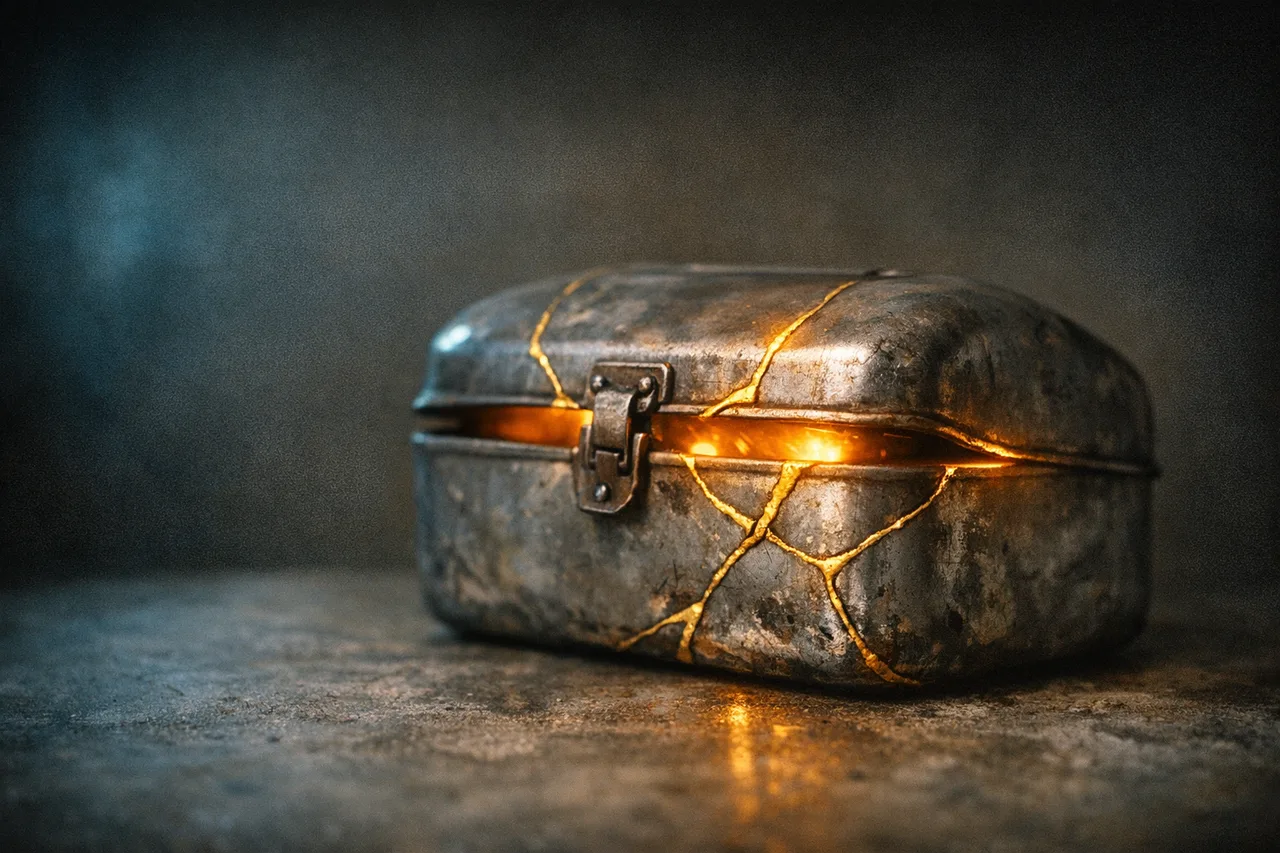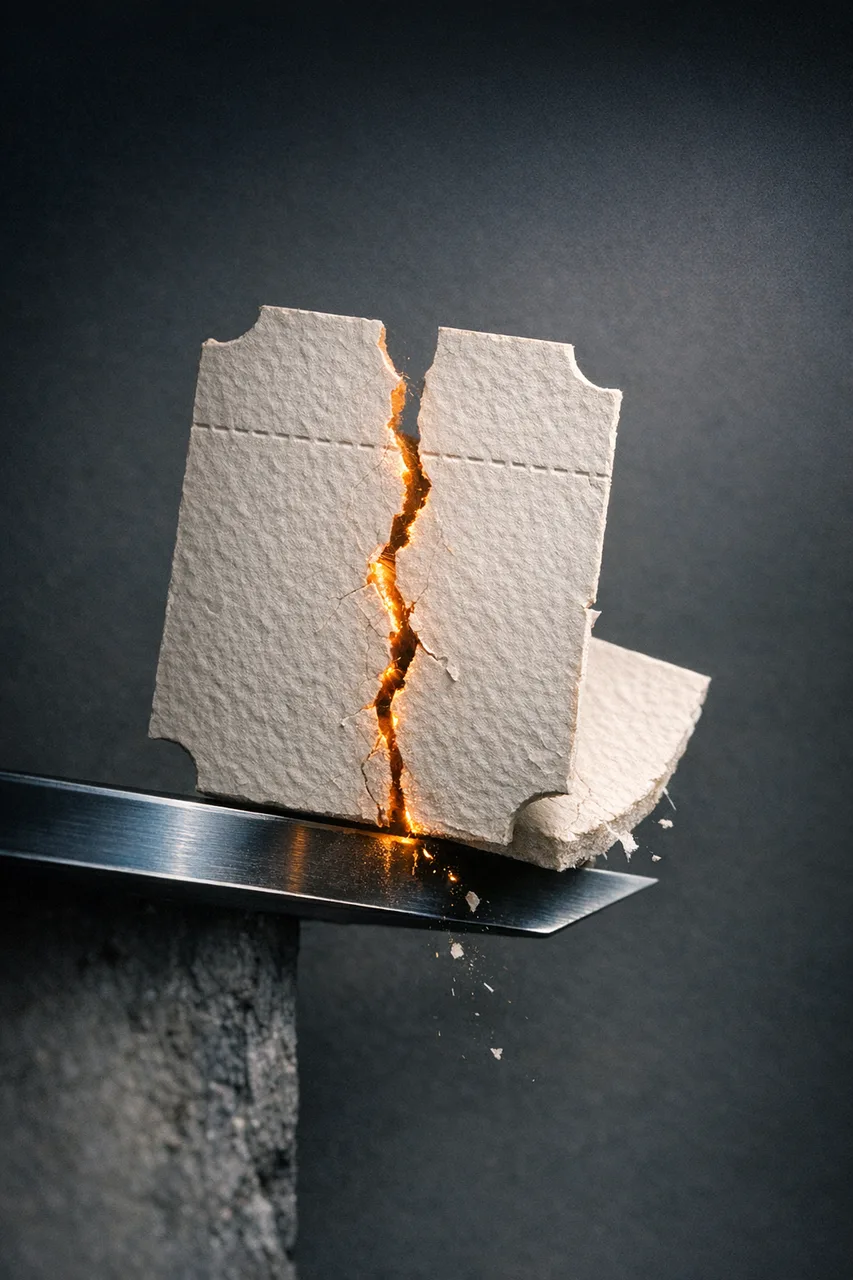
Chess is a game that is played around the world by millions of people. It is believed to have originated in Eastern India in the Late Antiquity age of Europe. It traveled and developed to southern Europe (Italy and Spain) in the thirteenth century. It imitates a battle between two armies, played out on a board of sixty-four squares of alternating color. The object of the game is to checkmate, or trap, your opponent’s king, as checkmate ends the game. Each army consists of sixteen pieces: eight pawns, two knights, two rooks, two bishops, one queen, and one king.
 via pixabay
via pixabay
The pawns make up the front line of the army, protecting the more valuable pieces behind them. Pawns move forward one square at a time, except on their first move, when they may move two. Pawns capture diagonally. Pawns are the only pieces that cannot move backward. If a pawn reaches the opposite side of the board, it can be promoted to a knight, bishop, rook, or queen.
- Knights are the only pieces that can jump over other pieces. They move in an L shape, two squares in one direction and one in another. Knights are often depicted as a horse’s head.
- Bishops move diagonally, both forward and backward. They always stay on the colored block that they start on. The bishop can be identified by his miter ( a hat worn by bishops of the church).
- Rooks are stronger than all but the queen. Rooks move in straight lines up and down, side to side across the board. Rooks resemble castle turrets.
- The Queen is the most powerful piece on the board. She moves like both the rook and the bishop combined, in straight lines up and down, side to side, and on the diagonal.
- The King is the most important piece in the game, but also one of the least powerful. The king can move in any direction, but only one square at a time. Since the loss of the king means defeat, he must be protected by his army at all times. The king is usually the tallest piece on the board and bears a cross upon his crown.
When setting up the pieces on the board, there should be a white square in the lower right-hand corner. The queen and king go in the middle, then there is a bishop on either side, then knights, and rooks. The queen is always placed on a square of her color. White always moves first. Pieces capture others by landing on the same square. The captured piece is then removed from the board, out of the game. Once in a match, the king can move over two squares, and the rook he moved towards will then assume a position next to the king on the opposite side. This maneuver moves the king into a more easily protected position. If a piece threatens the king, so that he could, in theory, capture the king on the next move, it is called “check.” The king must move out of check, block the check, or the attacking piece must be taken. If none of these is possible, it is checkmate, and the game is over.
You may also like

Why France Wants Kids Off Social Media

A Viral Reminder of Medicine's Quiet Heroes

Why Does Fresh Snow Make NYC So Quiet?

Rocks Making Oxygen in Total Darkness

When Cheese Gets Interesting for Brain Health
